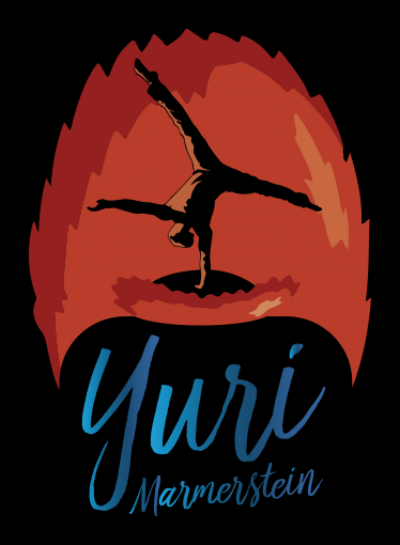Hosting an Event
I try to make hosting and organizing an event as easy as possible for the gym. The following is my basic protocol for a weekend event:
-My minimum to travel somewhere and teach for a weekend is 10 paid participants at the current rate. If you specifically want to run an event for less people we can work out something else.
-I give an early bird discount that ends typically 4-6 weeks before the event. The idea is to reach minimum participation before this date so that I know I have sufficient commitment to go ahead with flights, etc.
-I pay for my own travel, but factor it out of the profit split.
-Typically I cap my events at 20 or so people to ensure everyone is able to get some individual feedback if they want it. Feel free to contact me if you wish to run an event for more than 20 people.
-Host studio is given two comp spots that do not count for the minimums or profit split
-The host studio(or organizer) receives a portion of the profits on a sliding scale that goes up with registrations, ranging from 10-30%. See the following:
10-12: 90/10
13-14: 85/15
15-17: 75/25
18-20: 70/30
What I will do is take the total profits and subtract my travel costs(flight, accommodation, transport) from that sum. Then I will calculate the profit sharing from the updated sum.
-I also offer the possibility to teach a seminar or an event using a flat rate payment system. In this case the gym would pay me a fixed amount and then be responsible for selling tickets.
-If an event does not reach minimum numbers by the cutoff date I can decide whether to run or cancel it. In the event of cancellation, all participants receive full refunds. In the event of running the seminar with less than minimum numbers, the studio’s comp spots are still honored but the profit sharing is no longer applicable.
It will never cost the gym anything to run the event.
-Promotion is a cooperative effort but it is ultimately the gym’s responsibility to ensure minimum numbers are met(due to my being potentially thousands of miles away from the venue).
-I kindly ask that host studios not run classes or open gym in the same space as the workshop during workshop hours. This is to minimize noise and distraction to help ensure that I can provide a high quality experience to the participants.
-Lastly, different seminars may require different equipment to be able to cover certain topics properly. Below is a basic breakdown.
Handstands: Minimum of hard floor and wall space. Matted floor is not ideal because it can dampen the sensations we need to feel for proper balance control; however this can also be remedied with wooden boards.
Recommended would also be parallettes, blocks, etc so we have different surfaces to balance on, and maybe some bars or rings to perform hanging work as part of recovery.
Acrobatics: The most important element for this seminar is just open floor space. I prefer it to be matted, as many of the movements we work on will include some impact. Tatami or puzzle mats work great for flooring. Panel mats and crash mats are added bonus that allows us more options to work with.
Sprung floor will also allow us to work more advanced acrobatic movements, but is not necessary by any means.
Physical attributes: This one is a bit more open as far as the course material goes, so I can definitely work with whatever we have. Here are some items we can work with: rubber bands(I have a deal with a manufacturer so talk to me if you want me to bring some over to sell), rings, floor, crash mats, dowels, kettlebells or other weights, parallettes, wall space, bars, etc.
We don’t need all of that but it definitely gives the group options on what we can work on.
-Any additional questions, please feel free to email me.
